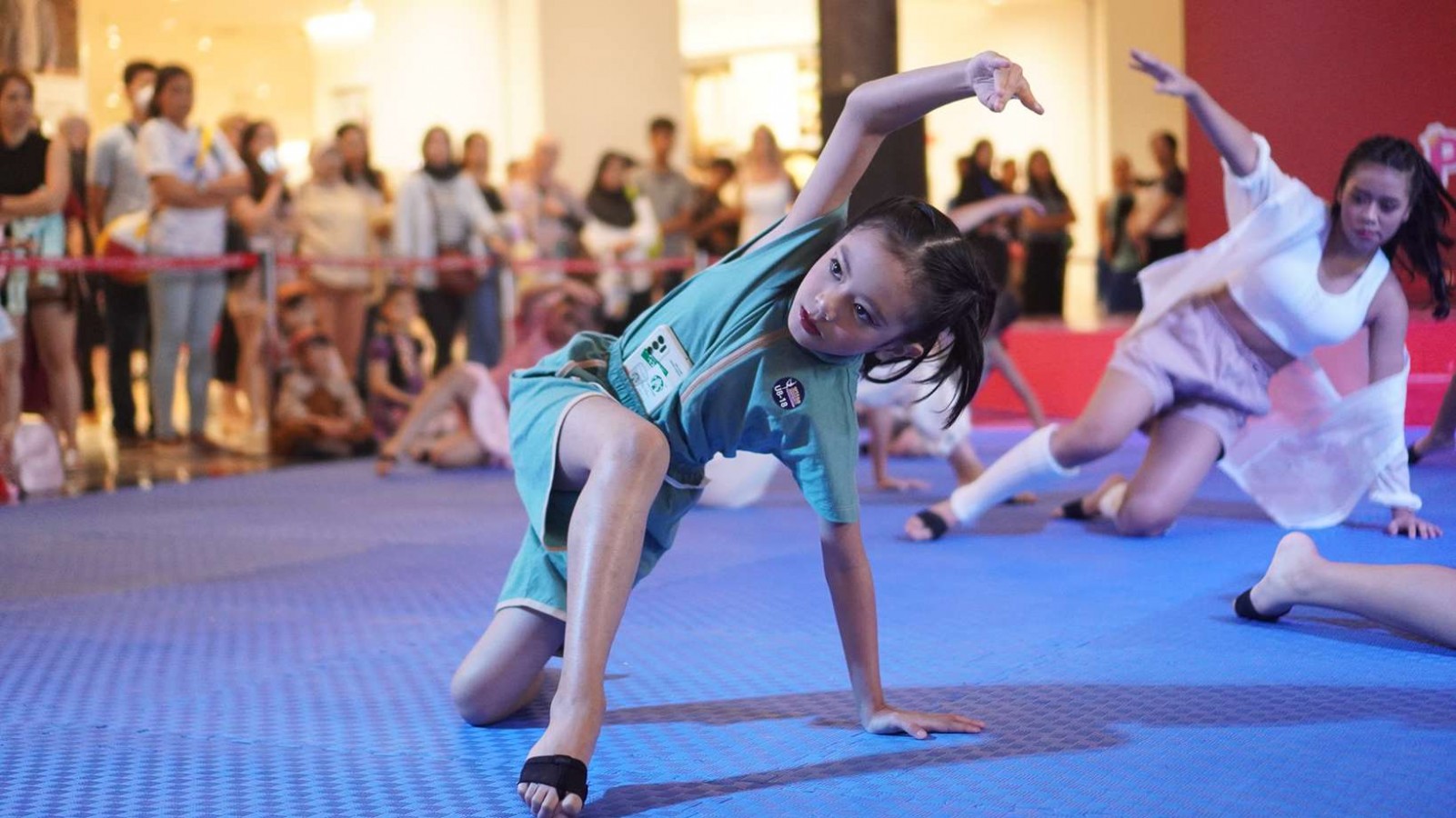Exploring Release Technique in Contemporary Dance

Speaking of dancing, not everyone is able to dance well. Even a good dancer can make mistakes when performing. Generally, these mistakes arise because the dancer is nervous or thinks unnecessary things and makes the body tense.
It turns out that there is a technique that can relieve this in contemporary dance, called Release Technique. This technique is important for every dancer to learn, especially contemporary dancers. This article will explore more about this technique, and the benefits of using it.
What is Release Technique in Contemporary Dance?
Release Technique is a foundational approach in contemporary dance that emphasizes the use of breath, skeletal alignment, and muscle relaxation to achieve efficient and fluid movement.
Unlike other dance techniques that focus on tension and control, Release Technique encourages dancers to let go of unnecessary tension, allowing their bodies to move more freely and naturally.
In Release Technique, you focus on using your breath to guide your movements, making everything smooth and fluid. It's about finding your body's natural alignment, so you move in a way that feels right and reduces the chance of injuries.
Instead of forcing your muscles to do all the work, you learn to relax and let gravity and momentum help you out. This makes your dance look and feel more organic and less like you’re trying too hard. This technique also has been proven to be very helpful for dancers especially when they participate in Contemporary Dance Testing.
History of Release Technique
The Release Technique in contemporary dance is a significant and influential approach to movement that has evolved over time, contributing to the expressive and fluid nature of contemporary dance styles. Here's an exploration of its history and development:
1. Origins in the 1930s
Release Technique emerged in the 1930s as part of the broader modern dance movement. Influential dancers and choreographers began to explore new ways of moving that contrasted with the rigid, formal techniques of classical ballet.
2. Influences from Somatic Practices
The development of Release Technique was heavily influenced by somatic practices such as the Alexander Technique and the Feldenkrais Method. These practices focus on body awareness, alignment, and the release of muscular tension, principles that are central to Release Technique.
3. Key Figures in Release Technique
Prominent figures in the development of Release Technique include Joan Skinner, who created Skinner Releasing Technique, and Mary Fulkerson, who developed an approach known as Anatomical Release Technique.
Both of these pioneers emphasized the importance of alignment, breath, and relaxation in their work. Their teachings have had a lasting impact on contemporary dance.
Why Dancers Use Release Technique
This release technique is not only used by contemporary dancers, but also used by all dancers on average, because it really helps them explore the dance. Here are other reasons why dancers use this technique:
1. Efficiency and Ease
One of the main reasons dancers use Release Technique is to move more efficiently. By focusing on alignment and relaxation, dancers can use their bodies in a way that minimizes effort and maximizes movement potential.
This not only conserves energy but also reduces the risk of injury, making it a sustainable practice for long-term dance careers.
2. Increased Range of Motion
Release Technique helps dancers achieve a greater range of motion by encouraging the release of muscular tension. This allows joints to move more freely, enabling more expansive and expressive movements.
Dancers often find that their flexibility and overall mobility improve significantly when they incorporate Release Technique into their practice.
3. Enhanced Expressiveness
Because Release Technique promotes a natural and fluid way of moving, it allows dancers to express themselves more authentically.
The technique encourages an organic connection between breath and movement, fostering a deeper emotional and physical connection to the dance.
This expressiveness is particularly valued in contemporary dance, where personal interpretation and storytelling are key elements.
Characteristics of Release Technique
In release technique, movement is initiated from the core, with the spine serving as the primary mover. Then there are some characteristics that must be understood from this technique, such as:
1. Breath
Breath is central to Release Technique. Dancers learn to synchronize their movements with their breathing patterns, which helps to maintain a relaxed state and facilitate smooth transitions between movements.
Breath is used not only to initiate movement but also to sustain it, creating a continuous flow that is both dynamic and controlled.
2. Alignment
Proper alignment is a core principle of Release Technique. Dancers focus on aligning their skeletons in a way that supports efficient movement and minimizes strain.
This involves paying attention to the placement of the spine, pelvis, and limbs, ensuring that each part of the body is properly aligned to support the movement.
3. Floor Work
Release Technique often involves a significant amount of floor work. Dancers learn to use the floor as a partner, exploring how their bodies can move in relation to the ground.
This includes rolling, sliding, and falling, all done with an emphasis on maintaining relaxation and fluidity.
4. Momentum
Release Technique teaches dancers to work with, rather than against, natural forces such as momentum and gravity. By harnessing these forces, dancers can create movement that is more powerful and efficient.
For example, rather than fighting gravity, dancers learn to use it to their advantage, allowing it to guide their movements.
Have You Ever Used The Release Technique While Dancing?
Dancers sometimes experience erratic tension or nervousness, especially before performances. However, with this technique, dancers can perform their dances with ease and feel connected to the stage.
To find more useful tips during dancing, you can learn more about this technique at the contemporary dance program at Sports & Performing Arts Academy such as Rockstar Academy.
Rockstar Academy consists of a wide variety of sports and arts classes that you can easily pick based on your preferences. Our curriculum not only cultivates technical proficiency and artistic expression but also prepares students to shine on stage.
Participants have the chance to showcase their skills in prestigious events and competitions like the Elite Championships, RockOlympics, and the Ballet & Contemporary Dance Recital. These platforms not only celebrate talent but also foster growth, camaraderie, and unforgettable performance experiences.
Additionally, we also offer a complimentary free trial class so you can experience the program firsthand. Don't wait any longer—sign up for Rockstar Academy now!
FAQ
What is Release Technique in contemporary dance?
Release Technique is a dance approach that emphasizes the use of breath, skeletal alignment, and muscle relaxation to achieve efficient and fluid movement.
Why do dancers use Release Technique?
Dancers use Release Technique to move more efficiently, increase their range of motion, and enhance their expressiveness by releasing unnecessary tension.



